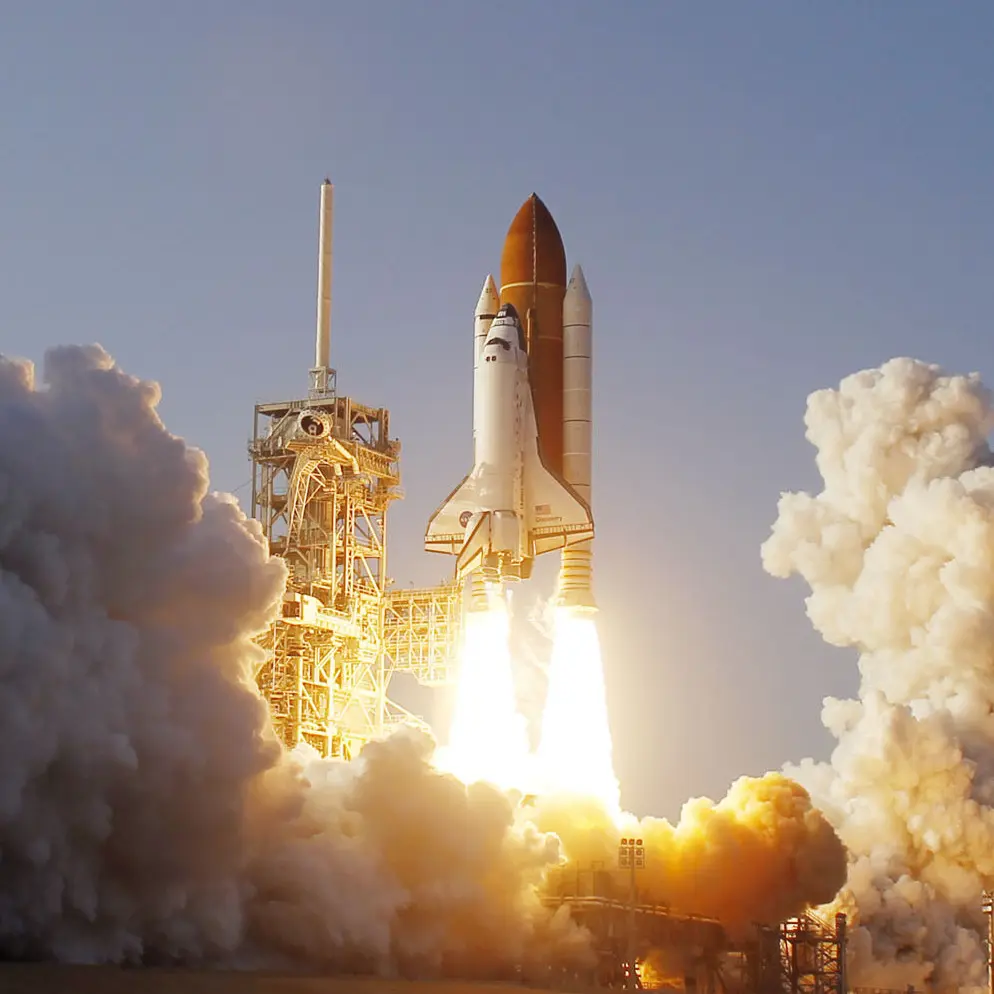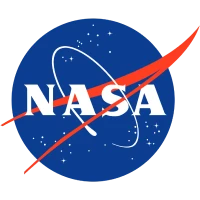/
STS-51-G
Launch Success
Liftoff Time (GMT)
11:33:00
Monday June 17, 1985
Watch Replay
Official Livestream
Mission Details
Launch Notes
Flight of first member of royalty, Saudi, Muslim, and Arab in space, Sultan bin Salman Al Saud.
STS-51-G
STS-51-G carried three communications satellites as its primary cargo. These were Arabsat-1B (Arab Satellite Communications Organization); Morelos I (Mexico); and Telstar 3D (AT&T Corporation). Also carried was the Spartan 1 carrier module, designed to be deployed from the orbiter and fly free in space before being retrieved. Spartan 1 included 140 kilograms (300 lb) of astronomy experiments. It was deployed and operated successfully, independent of the orbiter, before being retrieved. Discovery furthermore carried an experimental materials-processing furnace, several French biomedical experiments, and six Getaway Special experiments, which were all successfully performed, although the GO34 Getaway Special shut down prematurely. The mission's final payload element was a High Precision Tracking Experiment (HPTE) for the Strategic Defense Initiative (nicknamed "Star Wars"); the HPTE failed to deploy properly during its first try on the mission's 37th orbit, because the orbiter was not at the correct attitude. It was successfully deployed on orbit 64.
Low Earth Orbit
17,280 kilograms
Rocket


Agency
NASAPrice
$450.00 million
Rocket
Height: 56.1m
Payload to Orbit
LEO: 27,500 kg
GTO: 3,810 kg
Liftoff Thrust
30,250 Kilonewtons
Stages
2
Strap-ons
2
Launch Site
Stats
Space Shuttle
18th
Mission
4th
Mission of 1985
1985
49th
Orbital launch attempt
